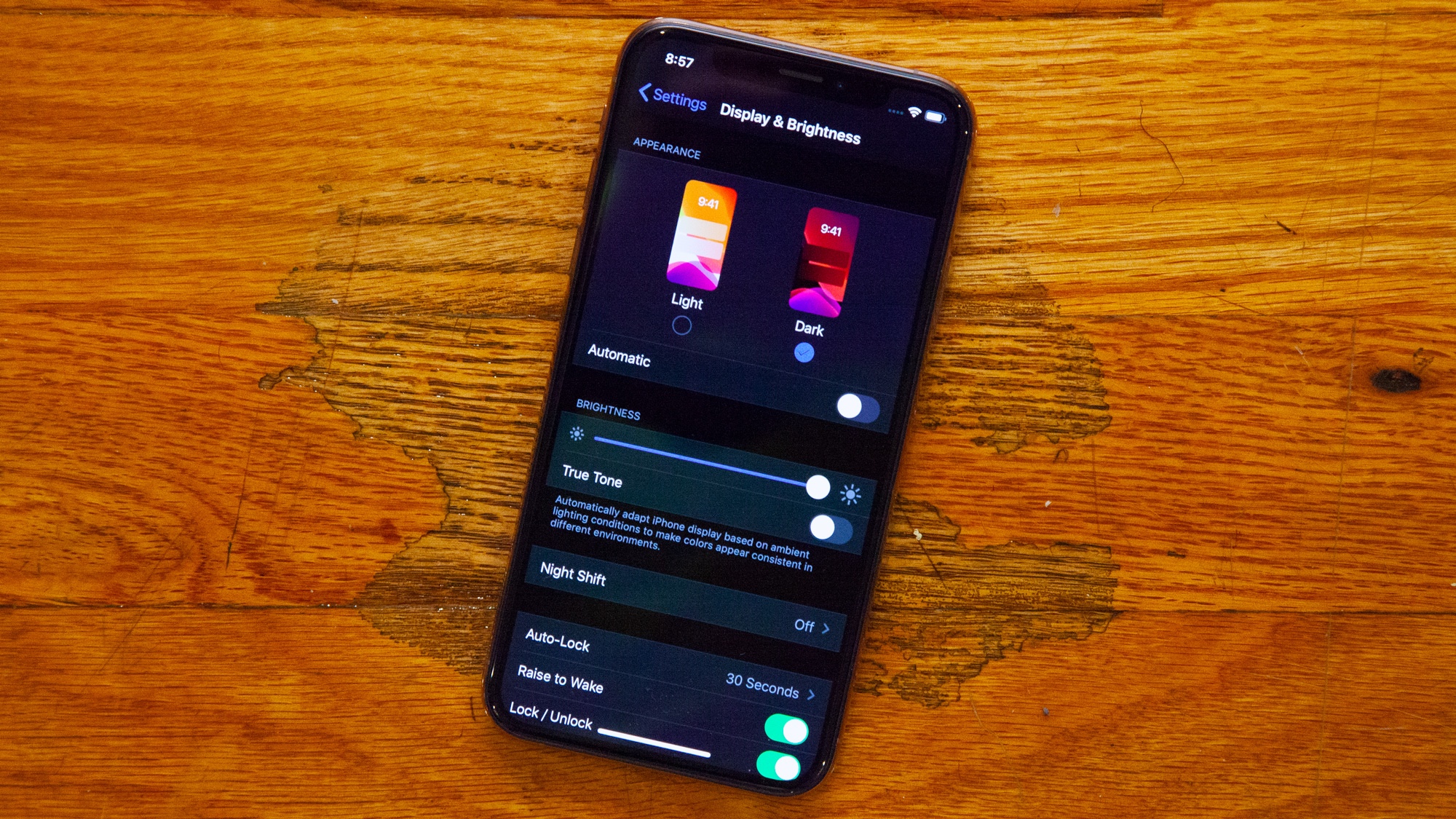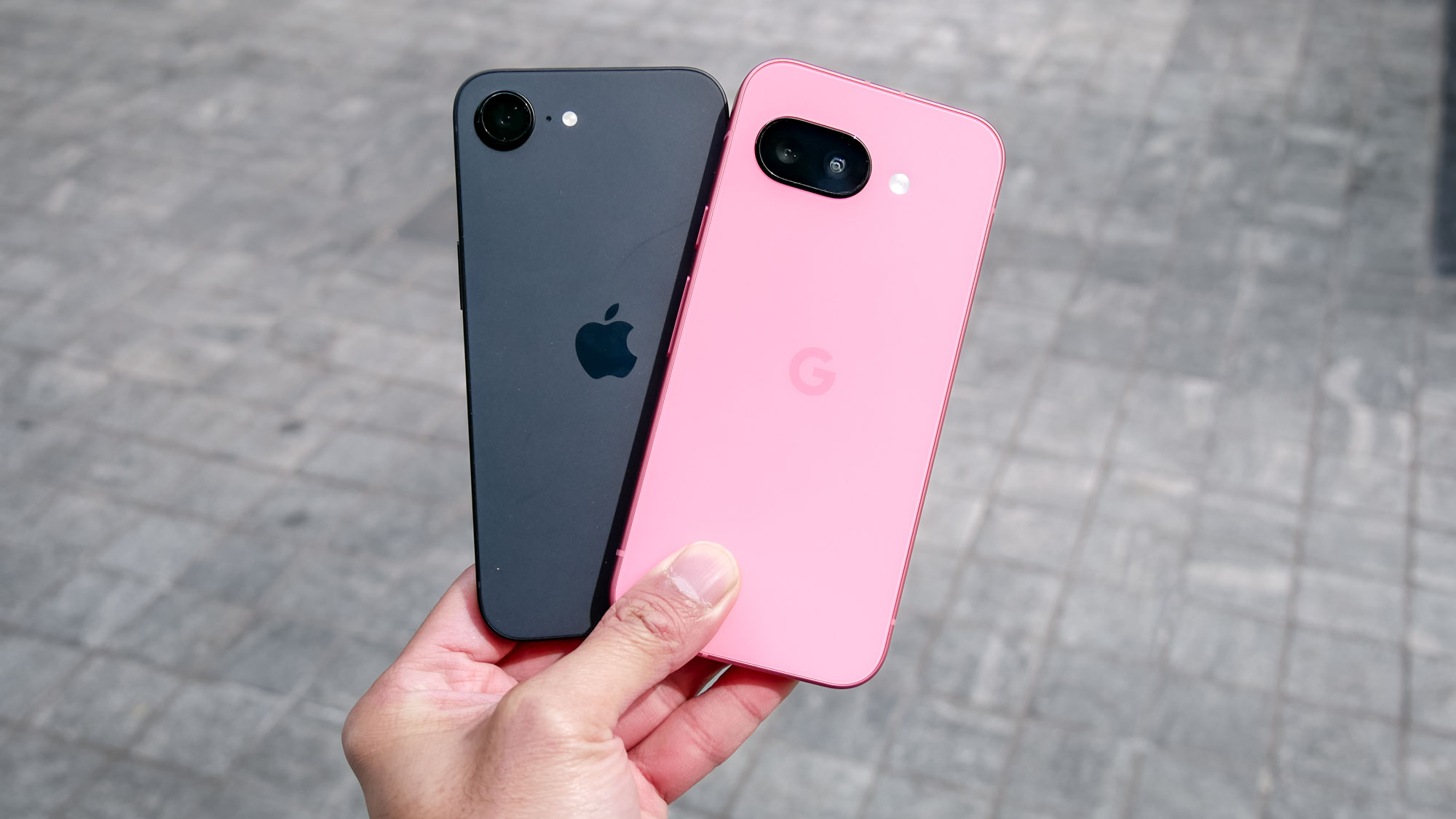Night mode on phones could be doing more harm than good for your sleep
New study indicates brightness is more important than color

Night modes and dark themes have slowly been creeping into phones and operating systems over the past few years, the idea being that reducing blue light would reduce sleep disruption. However, newly published research shows that smartphone makers and other device manufacturers could have it all wrong.
A study conducted at the University of Manchester reported by the Guardian (via Apple Insider) has suggested that blue light is less of a problem for disrupting sleep patterns than previously thought. Instead, the study concludes that the level of brightness has a bigger influence on your body clock, and that at equal levels, blue light is more conducive to sleep than yellow light is, the color typically used by night modes.
The paper was published in science journal Current Biology and is free to read online, so you can check it out if you like.
It’s important to remember that this study was conducted with mice under adjustable LED lights, rather than with humans using phones. While the researchers believe that their findings are applicable to people as well as their rodent test subjects, this is a large assumption to make until further evidence is found.
Our existing understanding of how night modes should work was based on earlier research that discovered that a protein called melanopsin, found in the eye, was linked to the body clock, and that it was more sensitive to the blue end of the visible light spectrum. It therefore was assumed that to make displays less stimulating at late hours, blue colors should be avoided and replaced with warmer yellow tones.
Now, the University of Manchester's Centre for Biological Timing has instead concluded that the color-sensing cone cells in your eyes are more important in this process than the melanopsin is.
Although melanopsin is still relevant, the study argues that brightness is also a contributing factor to body clock regulation, and also a larger one than than just the colors of light. As for the difference between blue and yellow light’s effectiveness, researchers suggest that it’s because blue more closely resemble the colors of twilight that the study’s results found it less stimulating than yellow light.
Sign up to get the BEST of Tom's Guide direct to your inbox.
Get instant access to breaking news, the hottest reviews, great deals and helpful tips.
There would be no point in Apple or Google making sweeping changes to how iOS or Android treat dark modes yet, but if this research can be iterated upon and proven to work with human subjects, it could lead to future iterations of Night Shift and Dark Theme behaving in almost the opposite way that they do currently, skewing towards blue colors in the morning and evening, and yellow in the middle of the day to make sure you’re staying awake.

Richard is based in London, covering news, reviews and how-tos for phones, tablets, gaming, and whatever else people need advice on. Following on from his MA in Magazine Journalism at the University of Sheffield, he's also written for WIRED U.K., The Register and Creative Bloq. When not at work, he's likely thinking about how to brew the perfect cup of specialty coffee.
